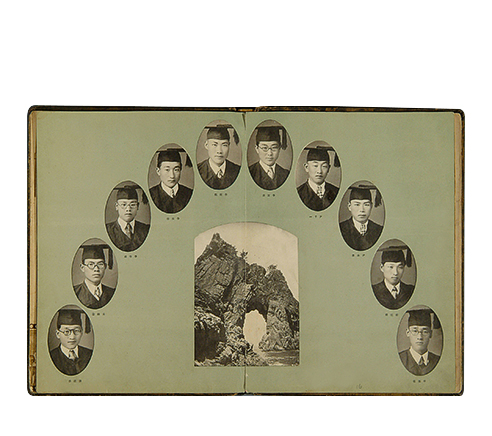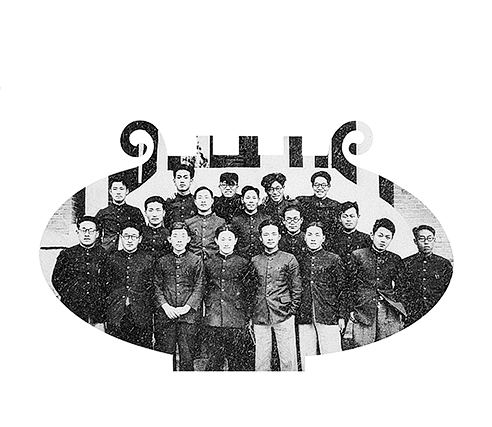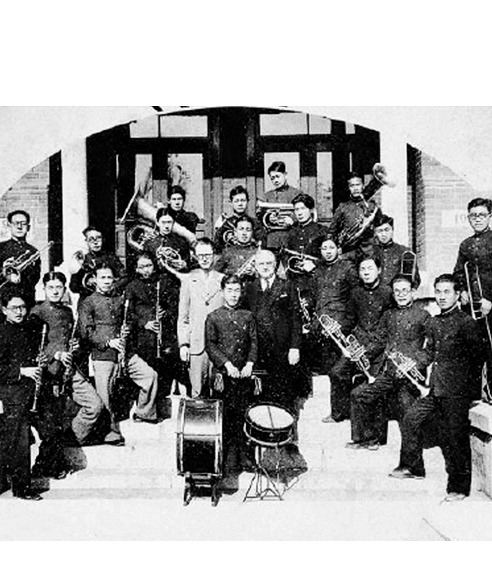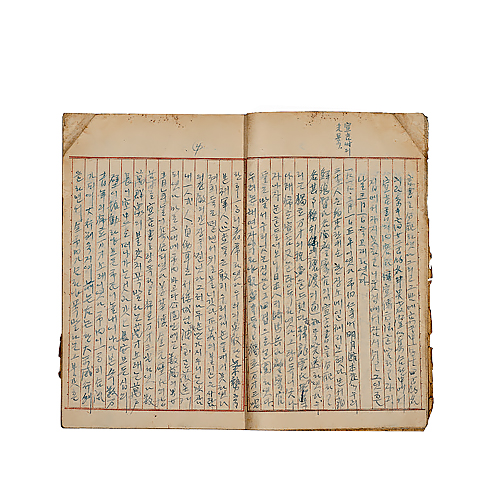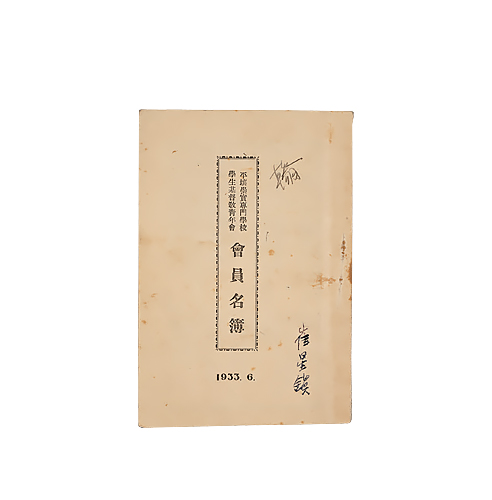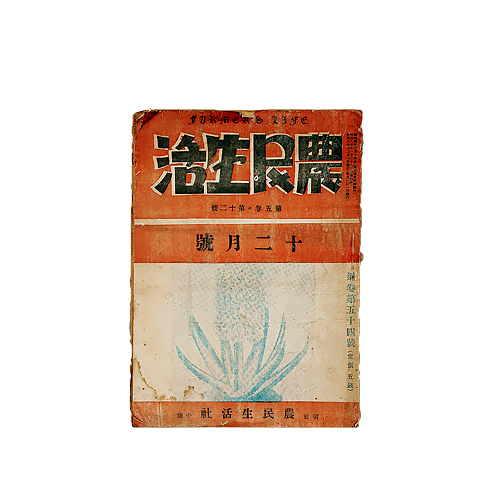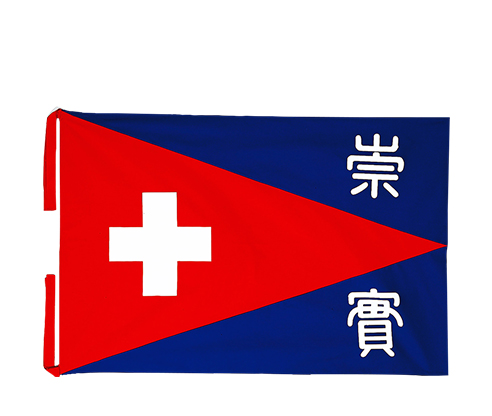The Soongsil University and the Korean People Room attests to Soongsil University’s proud service and dedication to Korean Christianity for over one century, from its inception in 1897 and the launch of Korea’s first college in 1906 to the present.
Permanent Exhibition
-
- Exhibition
- Permanent Exhibition
- Soongsil University and the Korean people
Category Title
Soongsil, which began life as Korea's first college of education, pioneered activities in music, physical education, literature, the arts, and other cultural fields. Despite Japanese colonial surveillance and oppression, Soongsil was active in disseminating light, hope, and the gospel to Koreans, as well as laying the foundations for the introduction of modern Korean music and contributing to the development of national sports programs, including soccer.
Soongsil, which had shared in Korean suffering during the period of Japanese colonial rule, embraced the Christian spirit and worked to safeguard national pride. Soongsil joined forces with the independence movement in protesting against the Eulsajoyak, or Eulsa Treaty, by which Japan deprived Korea of its sovereignty towards the end of the Daehan Empire period, and in performing patriotic and enlightening activities such as the Sinminhoe Association. In the 1910s, Soongsil participated in the activities of the nation's largest secret association, the Joseongukminhoe, and in the March 1 Independence Uprising in Pyeongyang. Soongsil also led the Pyeongyang Student Independence Movement which emerged in the wake of the Gwangju Student Movement. As such, Soongsil was an active participant in resistance against Japanese colonial rule.
The colonial authorities triggered the Manchuria Incident in 1931, and then forced the Korean people to worship the Japanese Emperor and Japanese war heroes in a bid to crush the Korean national spirit and eradicate Korean Christianity. The Japanese enforced worship of the Shinto god, posing a serious threat to Soongsil College, the center of Korea's Christian and national spirit. The Japanese authorities compelled Christian schools to either worship the Shinto god or shut down. As such, many Christian schools worshipped Shinto in order to remain open.
However, Soongsil College flatly rejected this demand, and closed in March 1938, thus safeguarding Christian truth and the national spirit and fulfilling its mission as a Christian and national college. In 1945, when the nation was liberated from Japanese colonial rule, Soongsil College inherited the founding philosophy and tradition of Pyeongyang Soongsil College, moved to Seoul in 1954 and underwent reconstruction to become what it is today.
